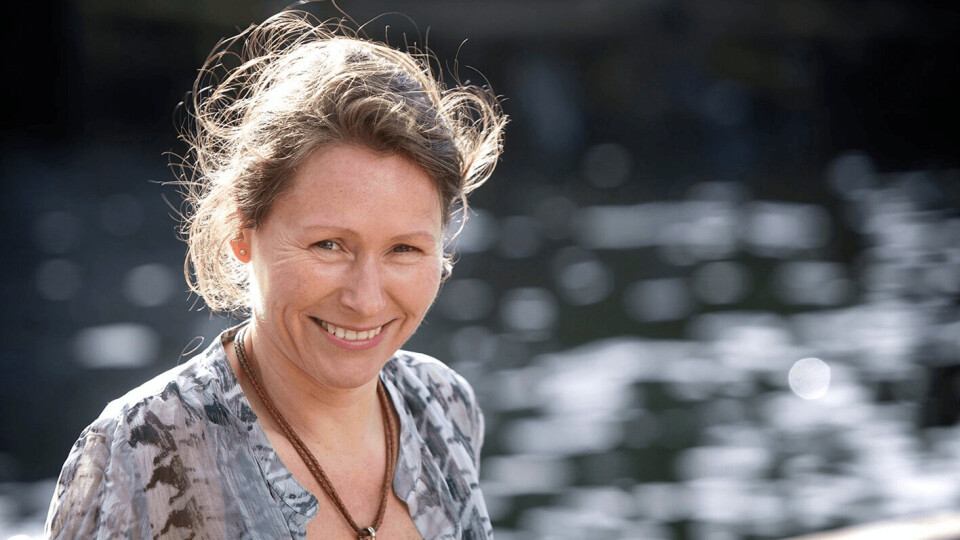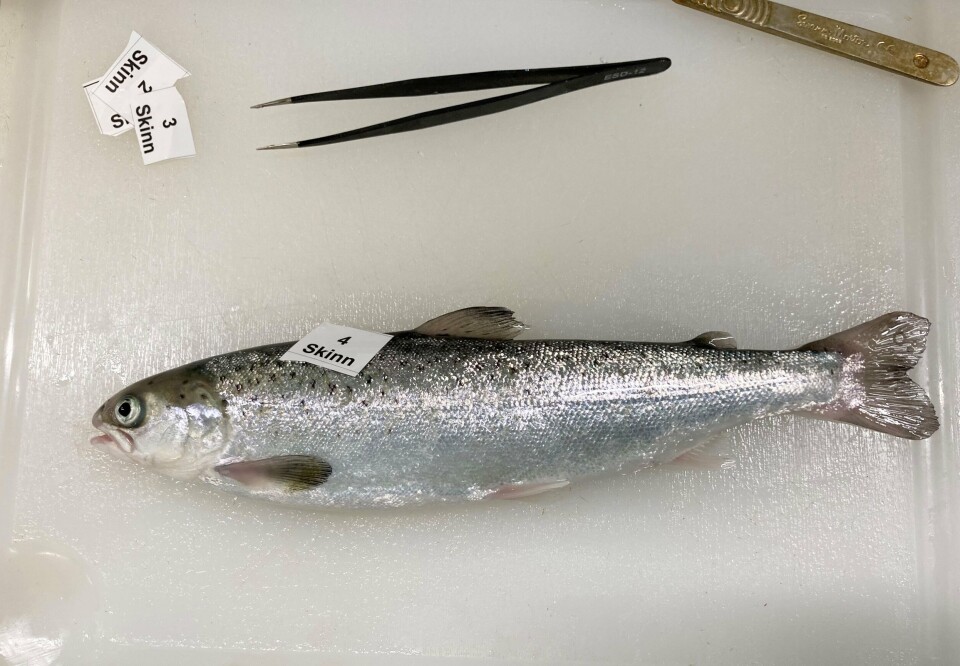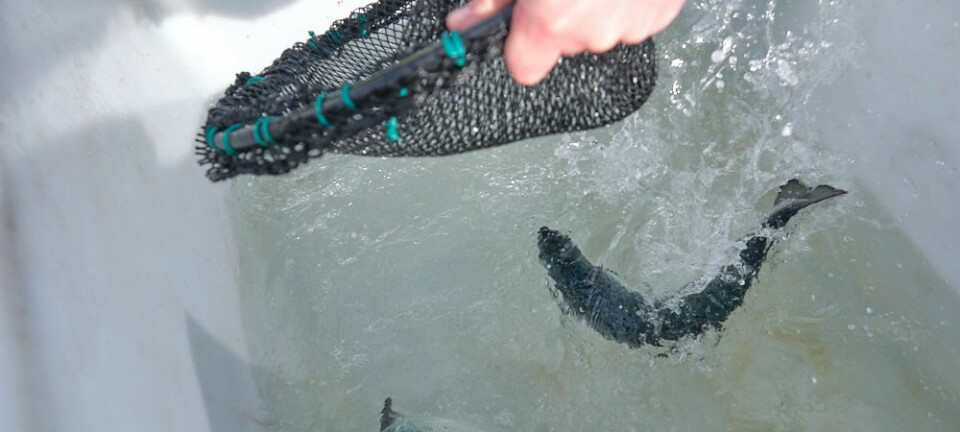
Hydrolysed krill doubled smolt growth in first six weeks in sea
Experiments conducted at Norwegian aquaculture research institute Nofima show that salmon smolts that eat feed containing hydrolysed krill will eat considerably more and their weight will increase during their first days in the sea.
After salmon smolts are released into the sea, they often struggle to obtain adequate nourishment and many of them die within the first year as a result of stress and injuries. In cooperation with the krill producer Rimfrost, researchers at Nofima have tried adding hydrolysed krill to smolt feed and the results obtained so far are promising.
For their experiments they used OlyPep, a hydrolysed protein made from Antarctic krill.

Great results
“In our experiments we observed that the relatively small quantities of hydrolysed krill added to the feed produced great results. We noticed that the smolts quickly start feeding and we saw a greater increase in weight. Larger, more robust fish can quickly improve the economic situation of fish farmers,” said Sissel Albrektsen, a senior researcher at Nofima.
Two different methods are used for adding hydrolysed krill to smolt feed, i.e., adding it before extrusion or as a top coating on ready-made feed pellets. The effects of feed with added hydrolysed krill were compared to a control diet containing a similar formulation, but without added hydrolysed krill.
The results show that the addition of small quantities of hydrolysed krill has a positive impact on feed intake and growth, but there are obvious differences in the effects which are dependent on the method used for adding krill protein to the feed.
Feed pellets that have been top-coated with hydrolysed krill produce the best results and the fish quickly start eating as soon as they are released into the sea. This is because the water-soluble compounds coating the pellets quickly leach out and mix with the water surrounding the smolt. These compounds stimulate fish appetite and cause them to start eating immediately after seawater transfer.
Quicker growth
The differences in feed intake result in marked differences in growth, depending on which type of feed the smolts have been given. Hydrolysed krill added as a top coating resulted in smolt growth more than doubling when compared to those fish which were fed a control diet during their first six weeks in the sea. Twelve weeks after being released into the sea, these fish weighed 130g more than the fish in the control group.
The feed containing hydrolysed krill added before extrusion also resulted in substantially higher feed intake and growth when compared to the control diet, but the effects were less marked than those achieved with the top-coated pellets.
Some slight differences were found in the digestibility of amino acids, where feed top-coated with hydrolysed krill produced the best results, but this does not explain the major differences in growth. Hydrolysed krill counteracts the development of fatty liver disease, indicating that the nutrients are effectively converted in the fish.
Beneficial for skin thickness
At the end of the experiment, there appeared to be higher occurrences of scale loss and skin damage in the control group when compared to the fish which received hydrolysed krill in their feed. This could have implications for the robustness and health of the fish, so the researchers wanted to take a closer look at this.
“By using an advanced fish skin analysis tool in a follow-up experiment involving salmon being released into the sea, we found fewer incidences of injuries and dark pigments in the skin of fish which had hydrolysed krill in their feed. This shows that fish which eat and grow well develop thicker skin at an earlier stage compared to fish that start feeding at a later stage. Better quality fish skin means more robust fish which are less prone to injury and disease. Addition of krill hydrolysate can help to improve fish health and the economic situation of fish farmers,” said Albrektsen.
Small amounts produce good results
The researchers have concluded that even small amounts of hydrolysed krill significantly increase appetite and growth in salmon during their first days following release into the sea. All the feed with added hydrolysed krill resulted in significant production improvements in salmon smolts when compared to the control group which received the same feed without the addition of hydrolysed krill.
“The main reason for this is that the water-soluble proteins encourage increased feed intake and growth. The results show that the best way of distributing hydrolysed krill is to top-coat ready-made extruded pellets,” said Albrektsen.























































